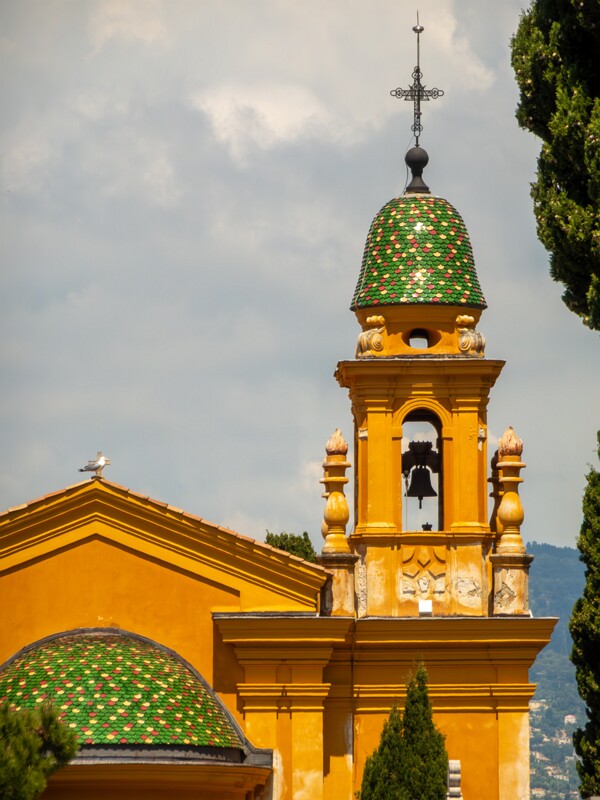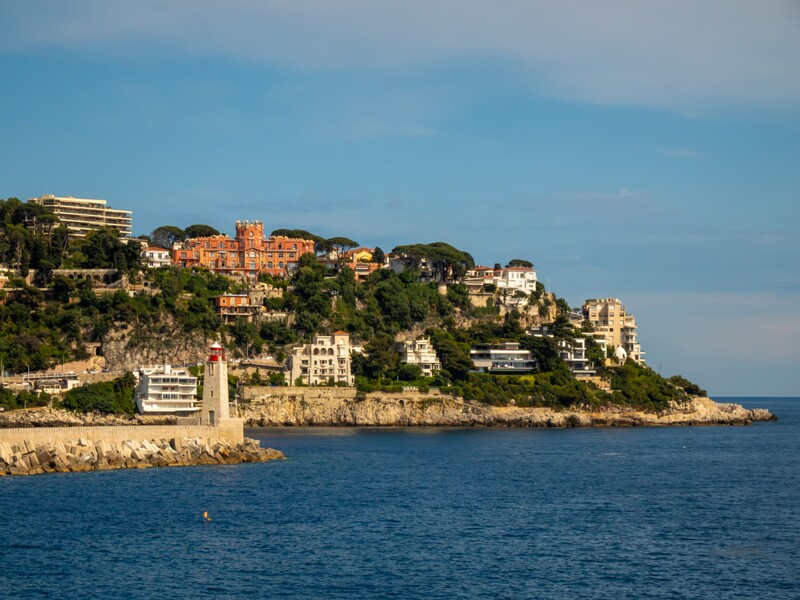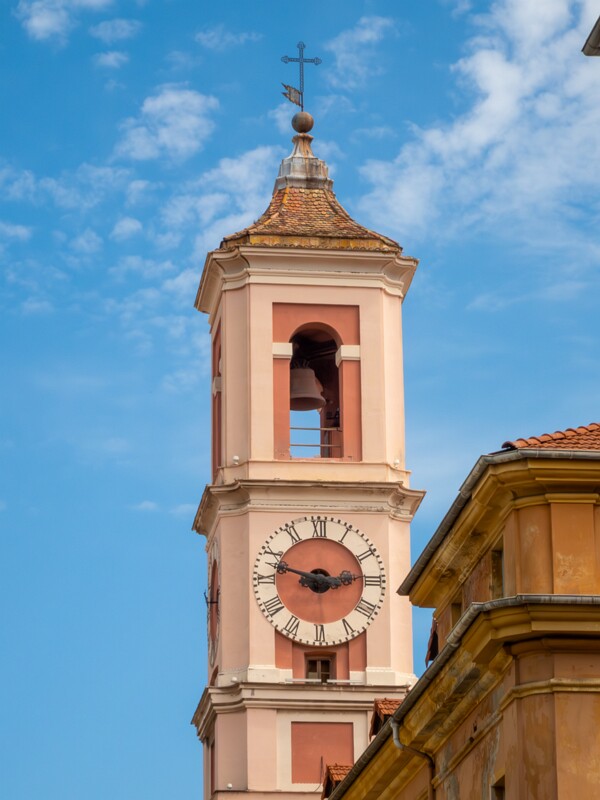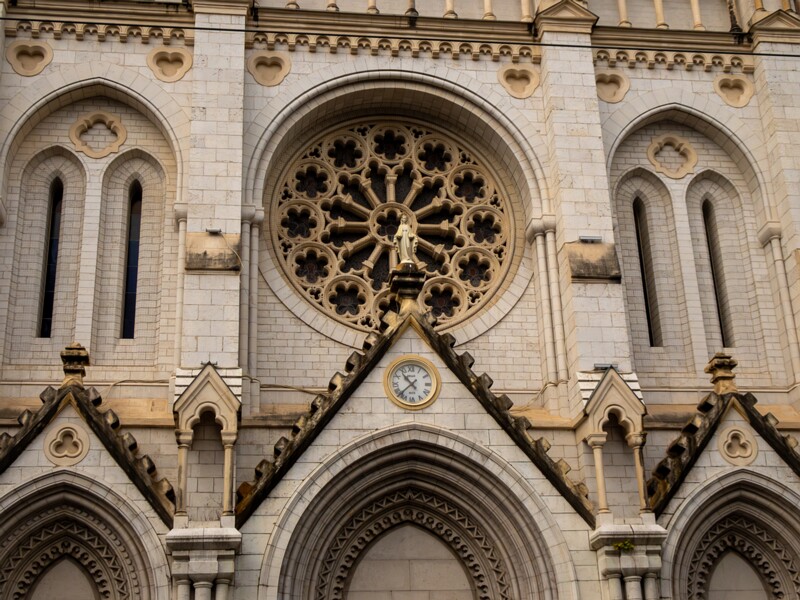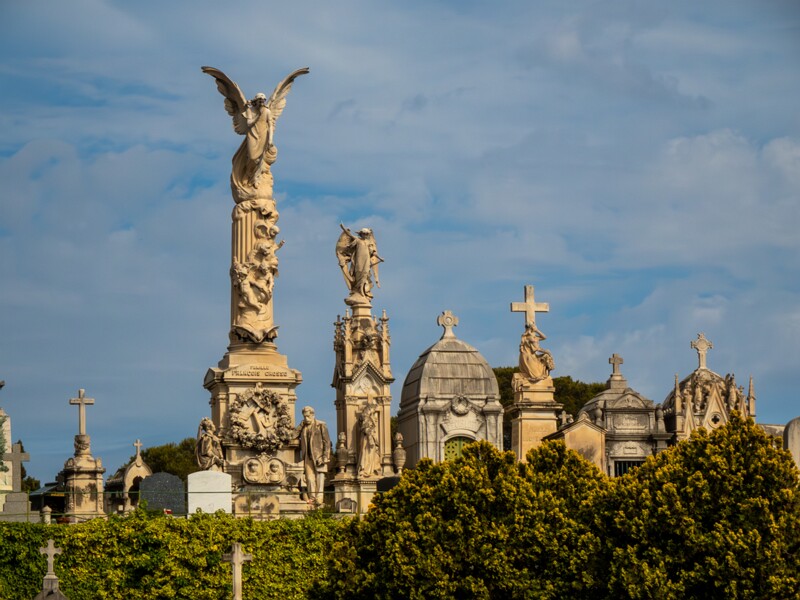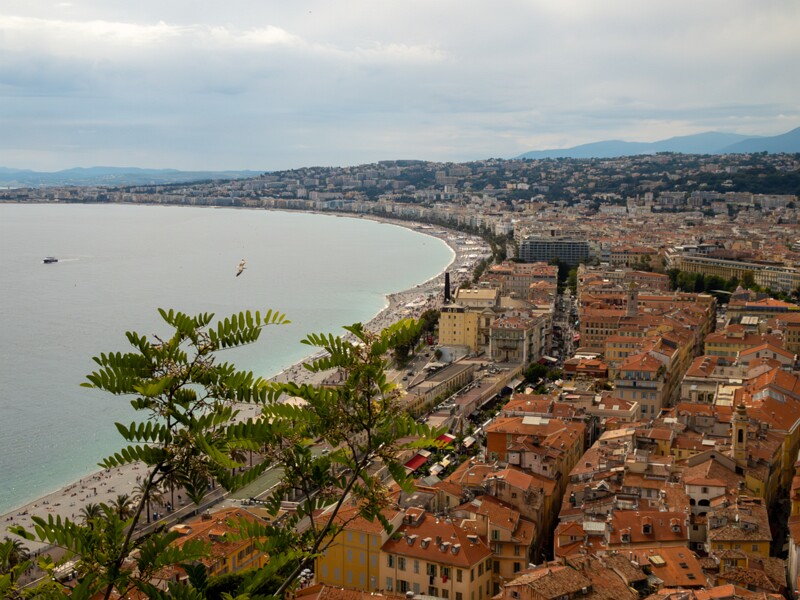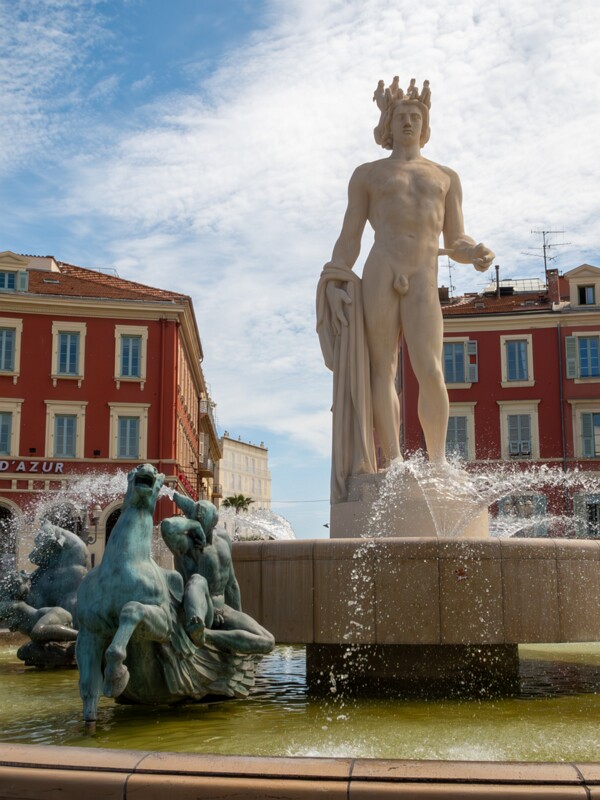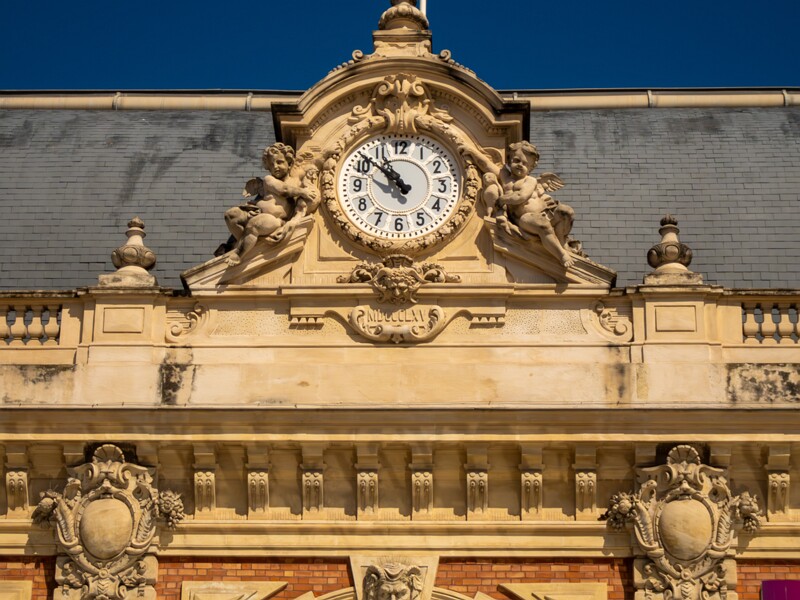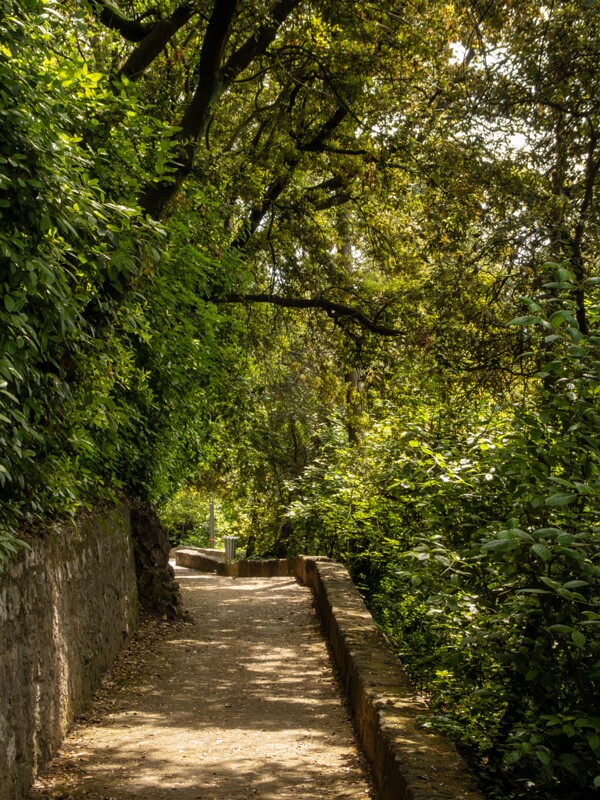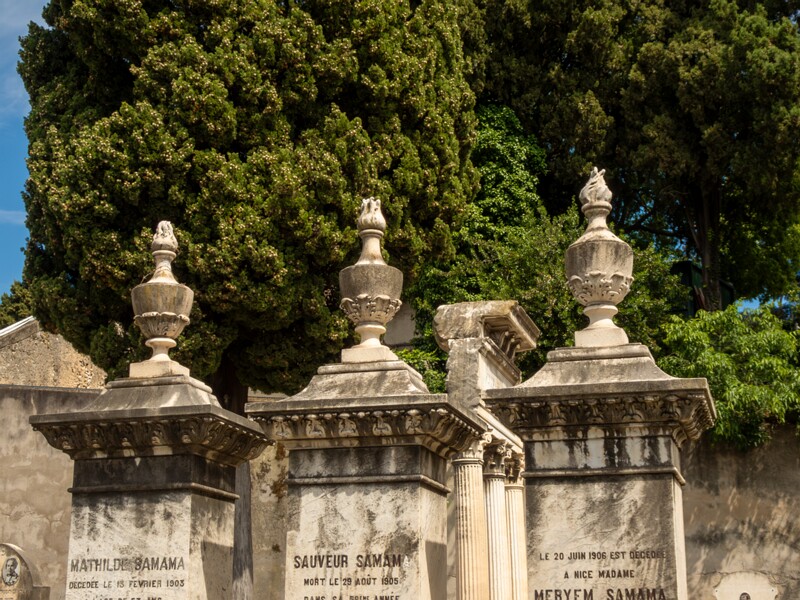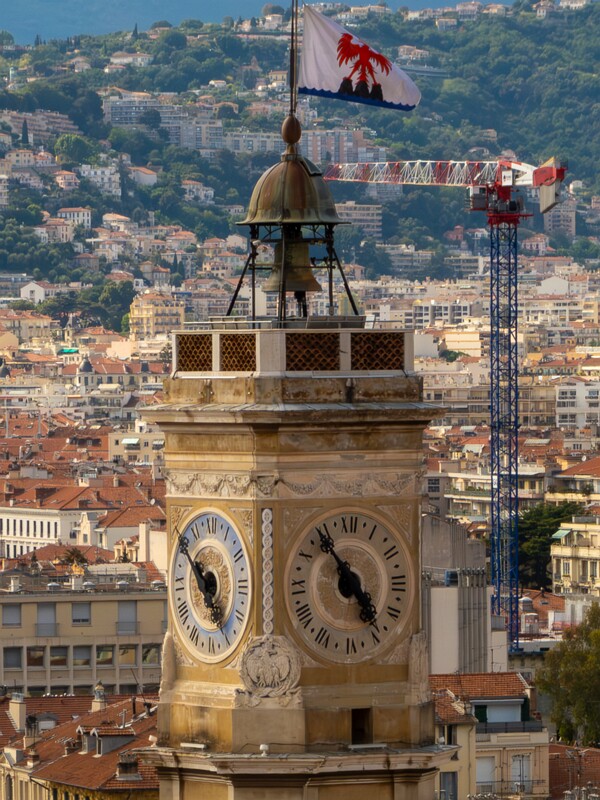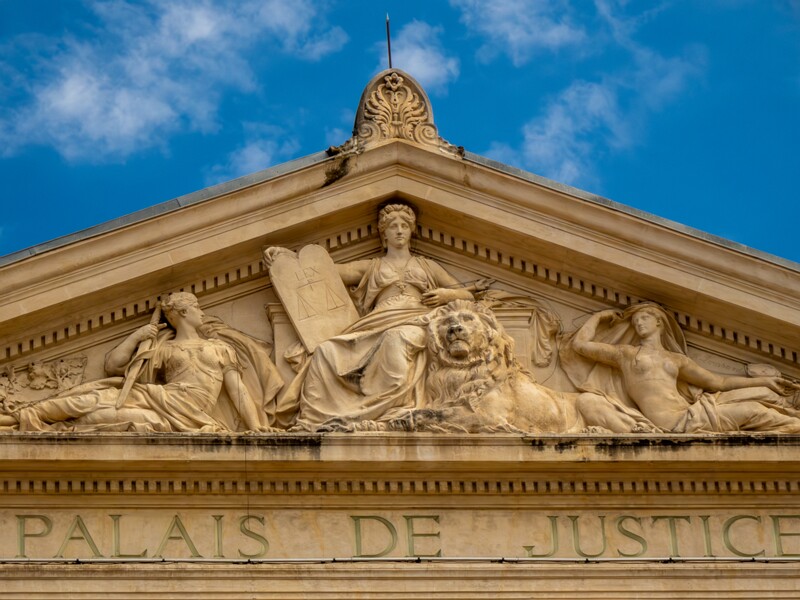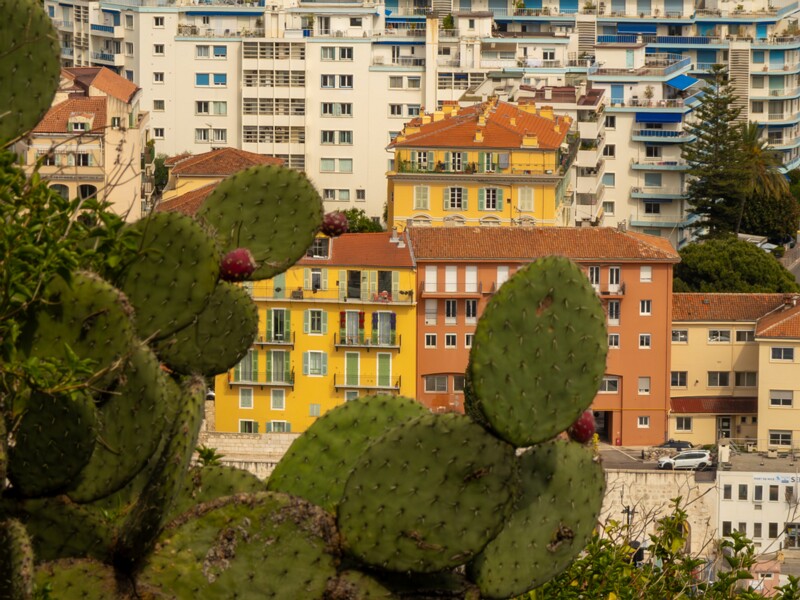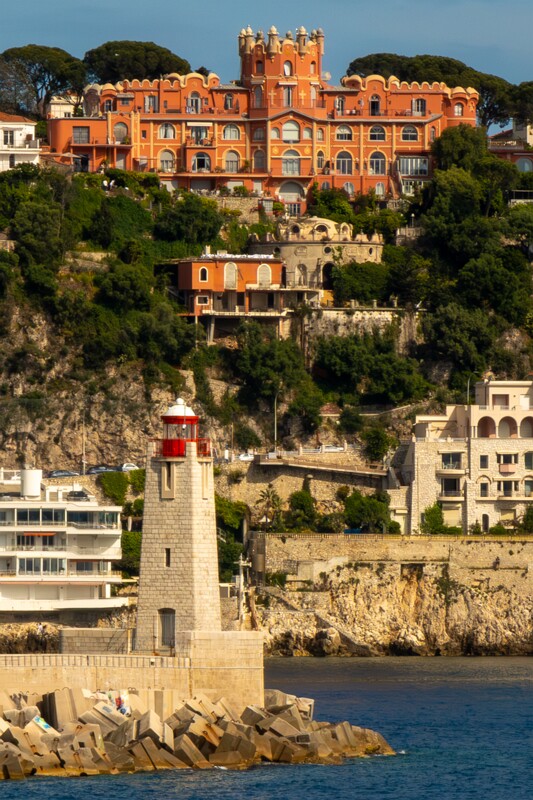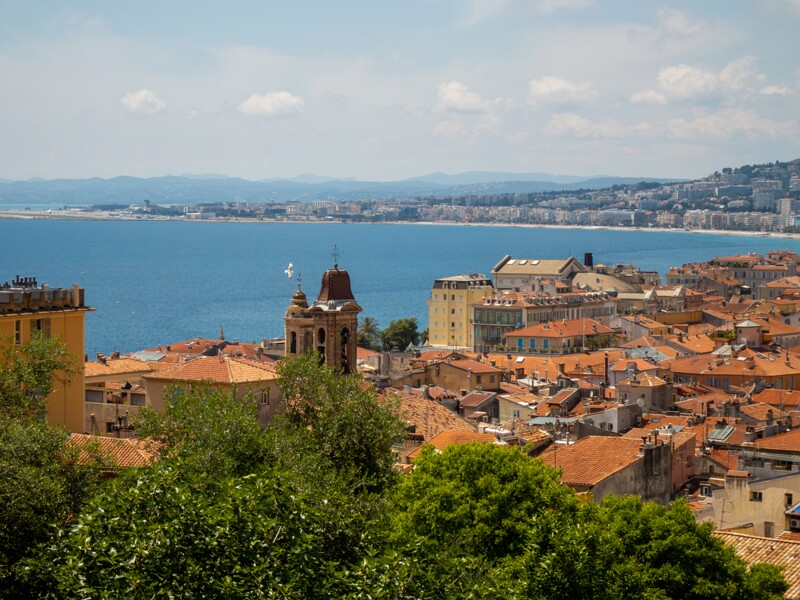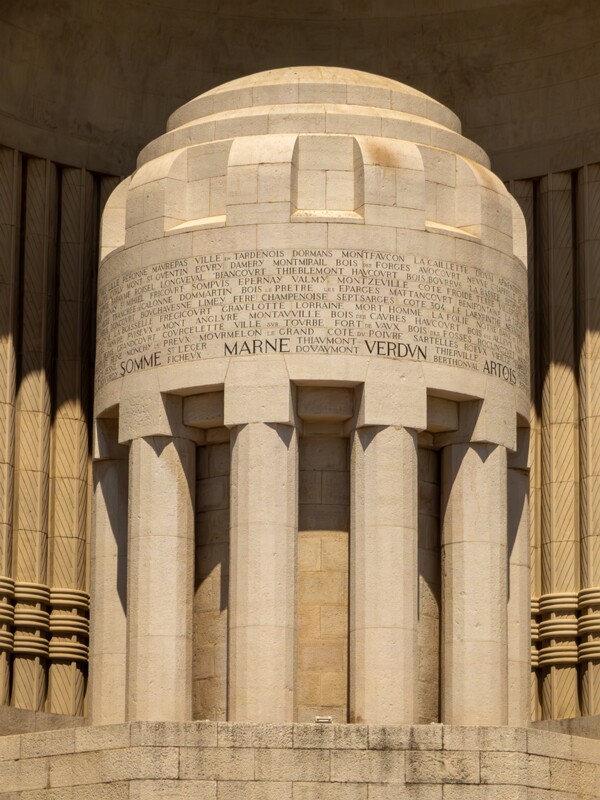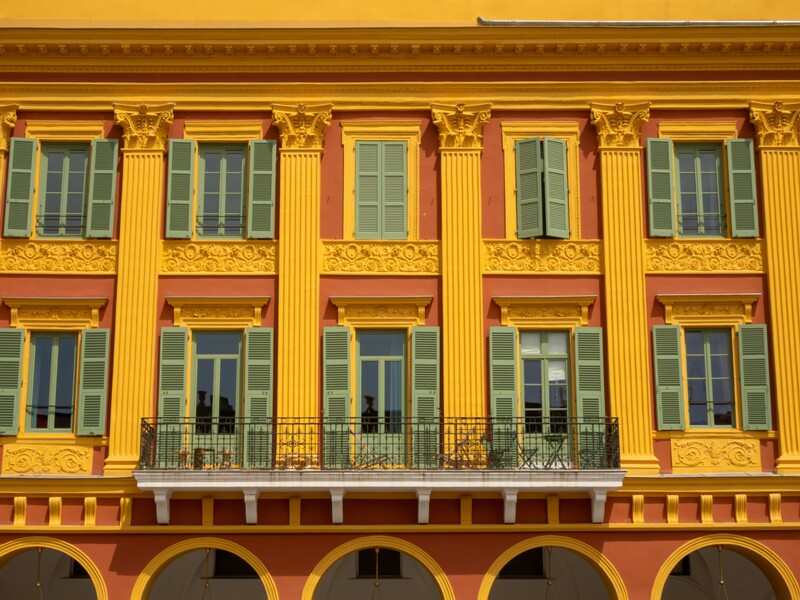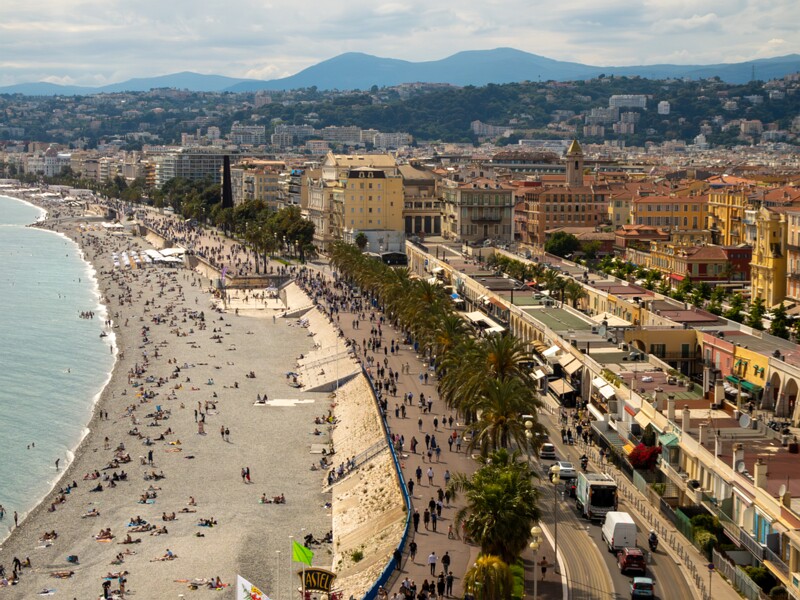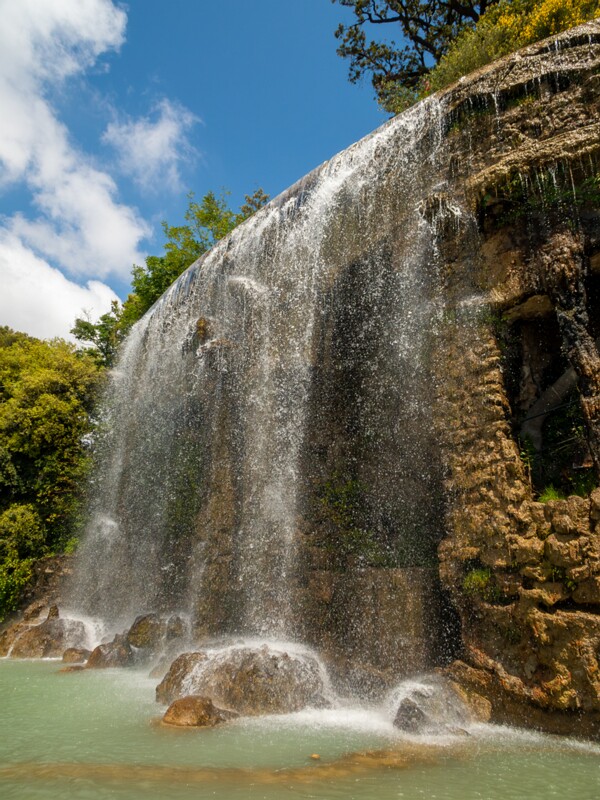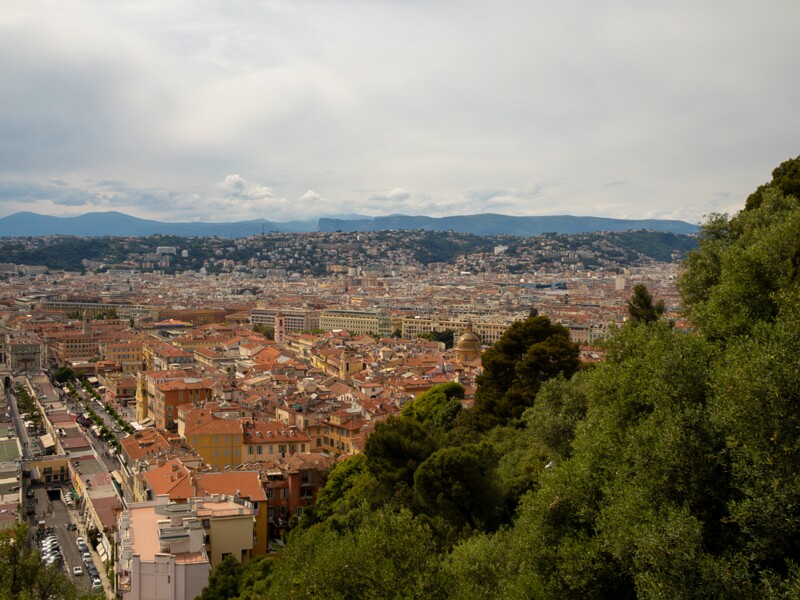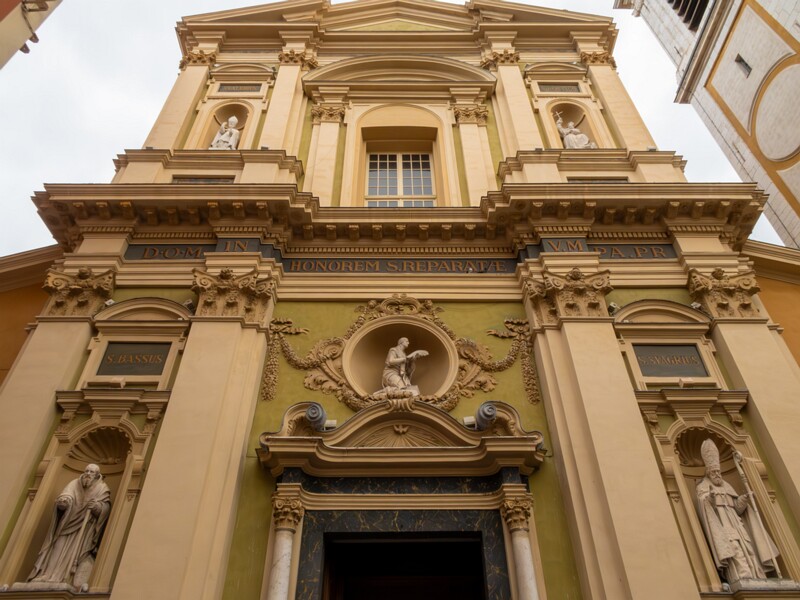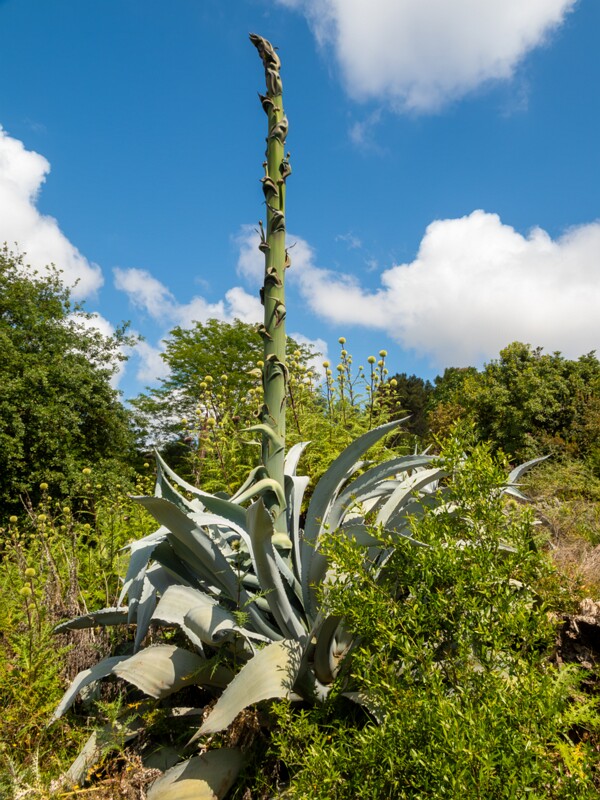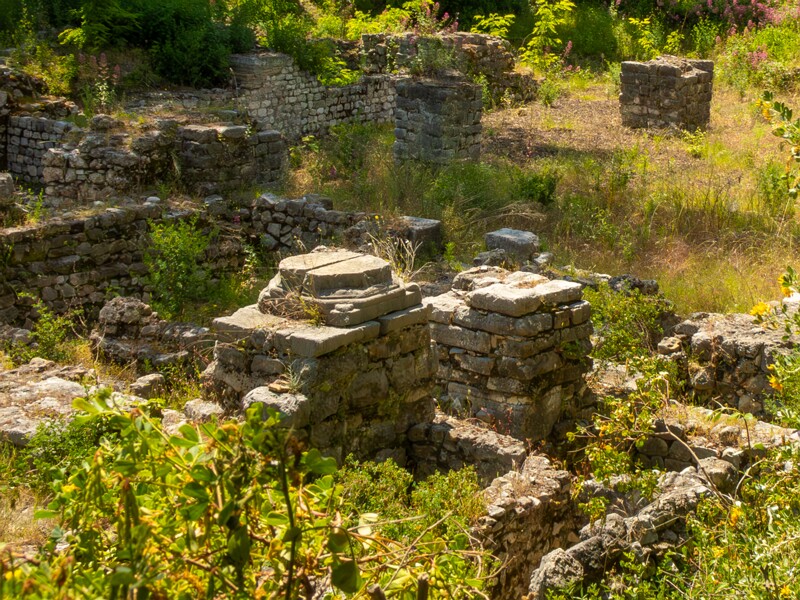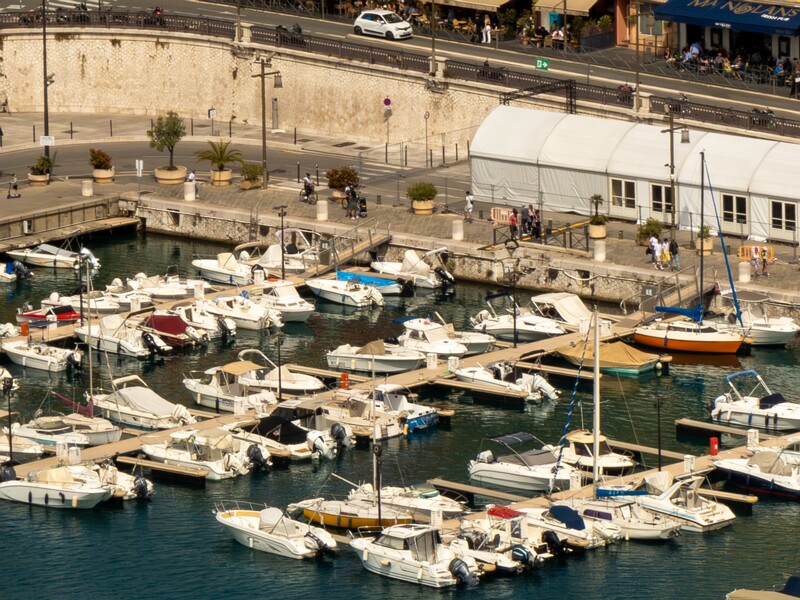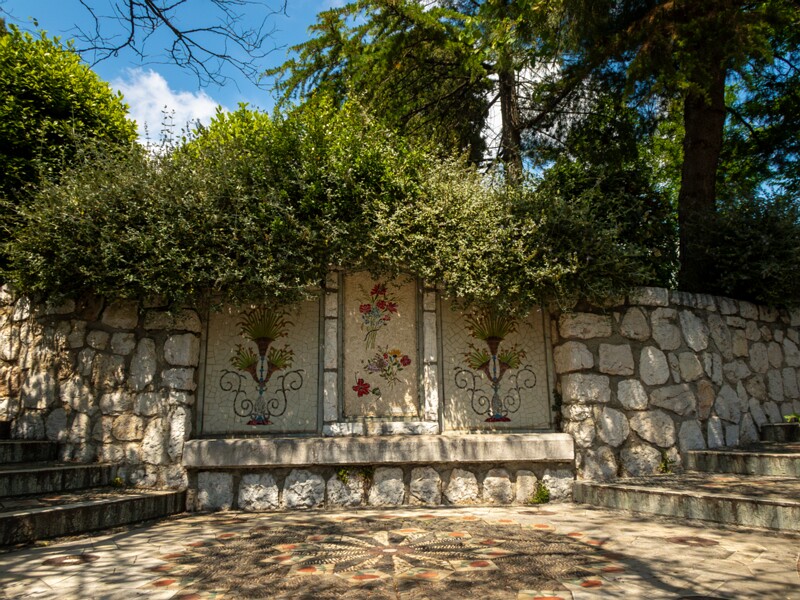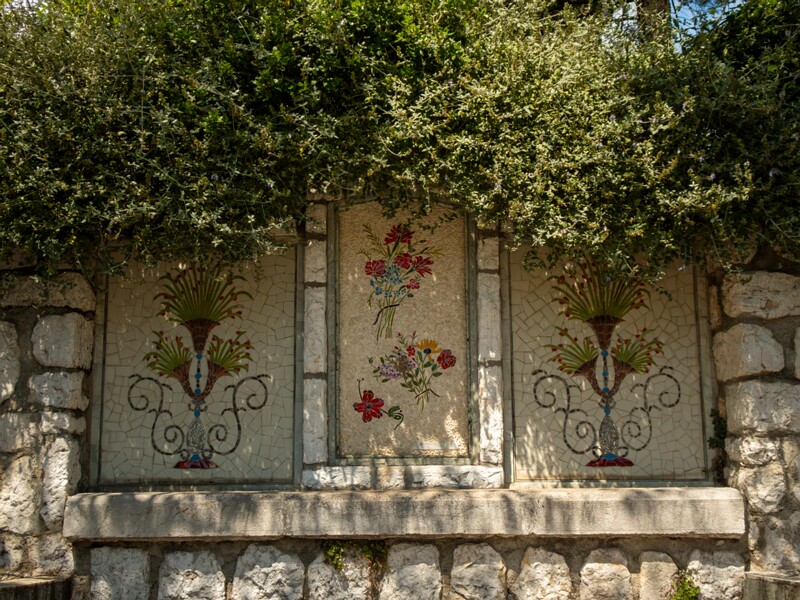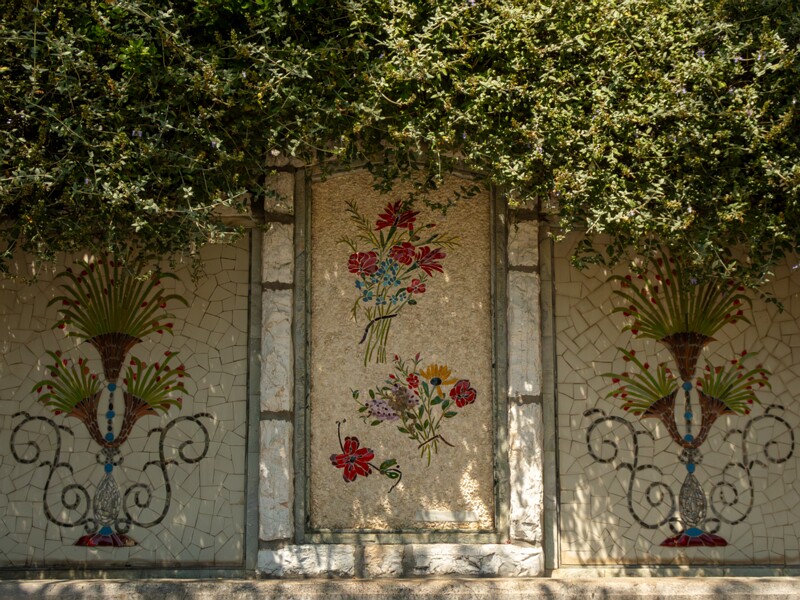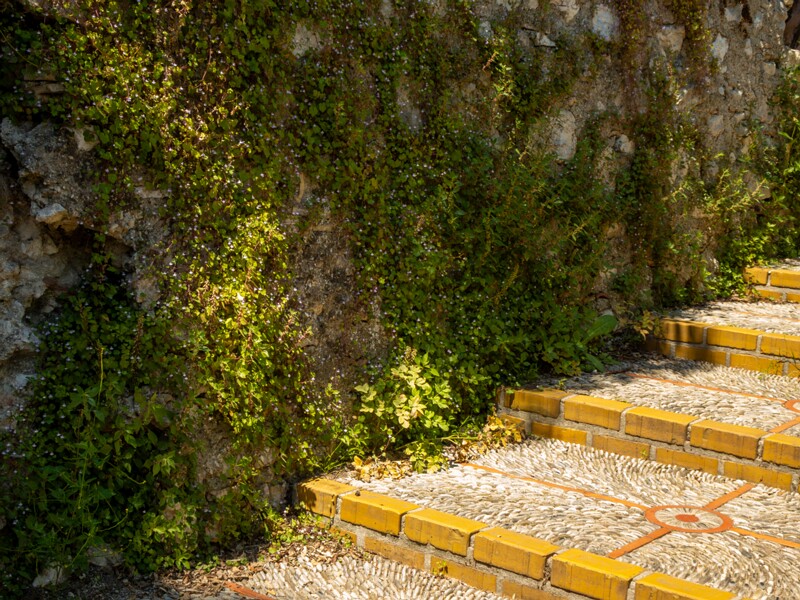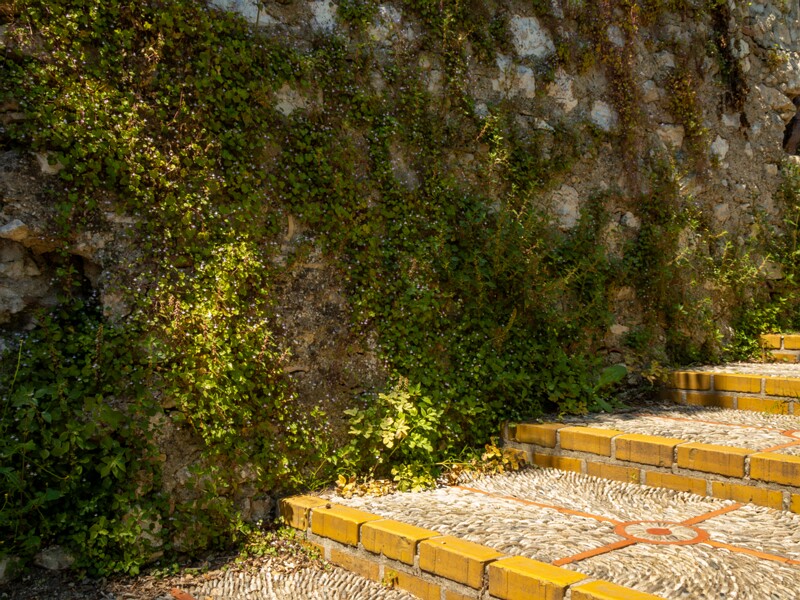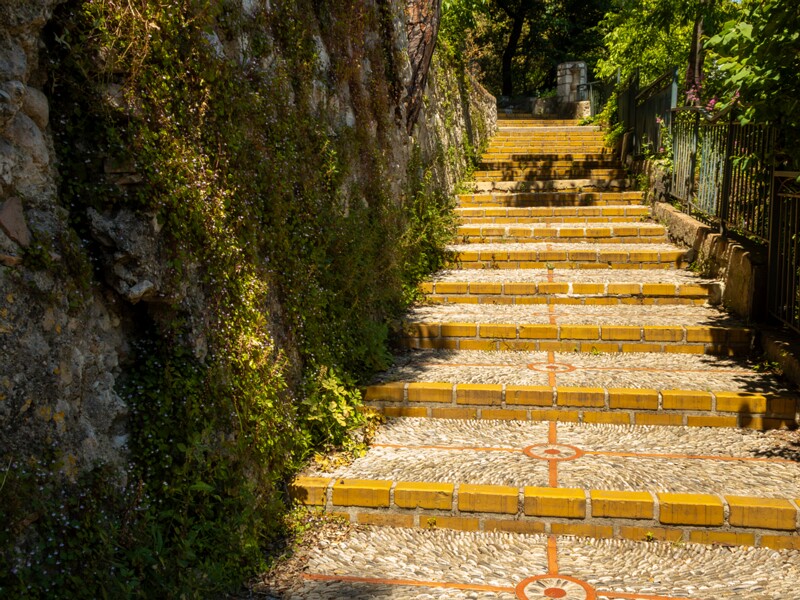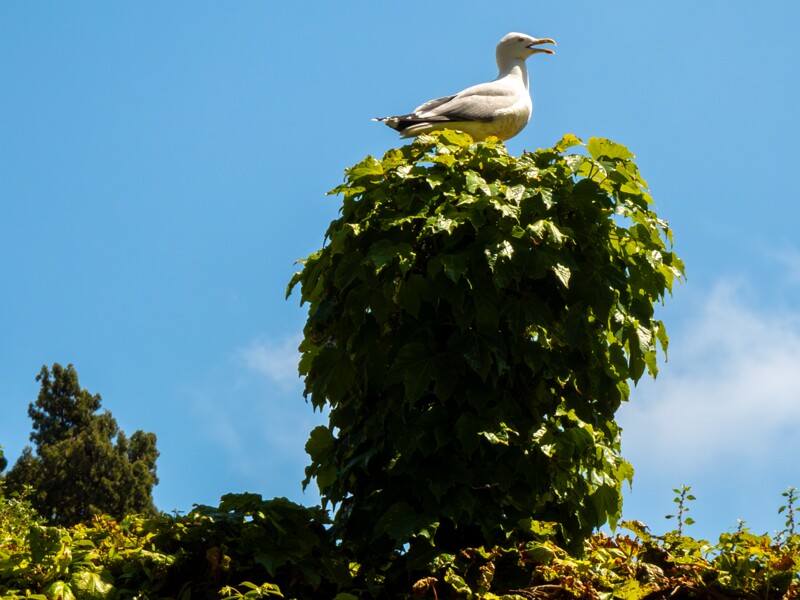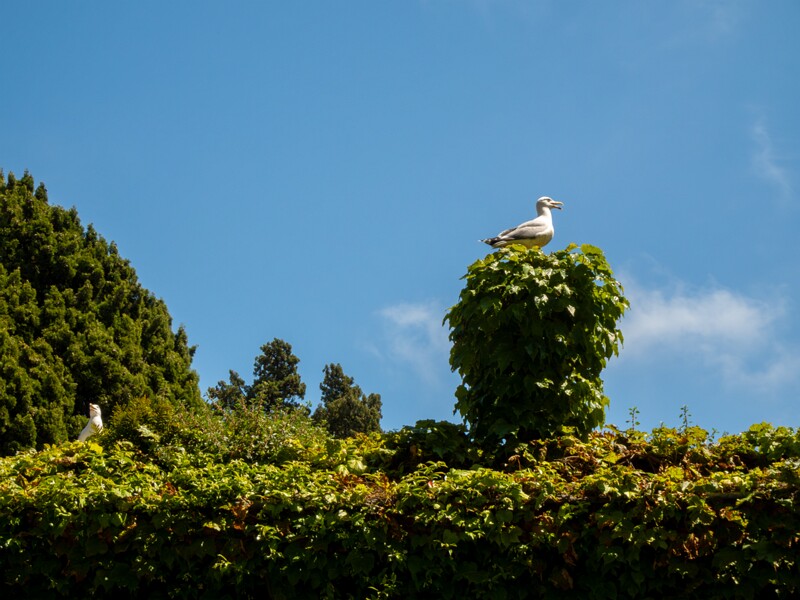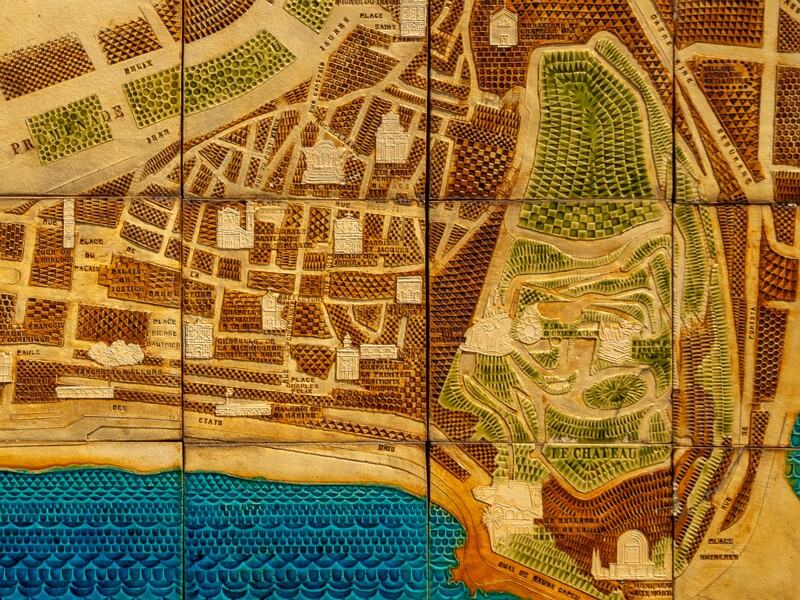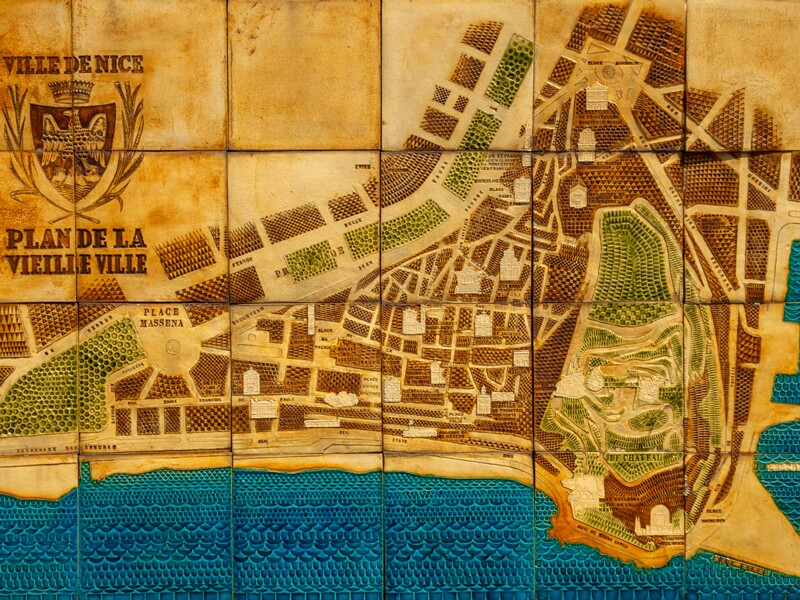Nice
Nice, on France’s Mediterranean coast, is celebrated as the birthplace of the French Riviera, its reputation having grown since wealthy British aristocrats began wintering there in the late eighteenth century.
The city is France’s fifth‑largest by population and routinely ranks among the top tourist destinations in the country.
Its official population reached 356,603 in 2022, marking a growth of nearly four percent since 2017.
Nice combines Italian and French influences in its architecture, cuisine, and cultural traditions, a legacy of its time under Savoy and the Kingdom of Sardinia until 1860.
Its natural setting is dramatic: a gently curving bay overlooked by rising hills and the foothills of the Ligurian Alps.
The city enjoys a Mediterranean climate with mild, damp winters and hot, dry summers; average summer highs hover around 27–28 °C, with winter lows rarely dipping below 5 °C.
Tropical nights, where temperatures do not fall below 20 °C, are increasingly frequent, with Nice enduring up to 60 consecutive such summers recently.
The city receives some 2,668 hours of sunshine annually and averages around 63 rainy days per year, far fewer than Paris.
The Promenade des Anglais is among Nice’s iconic landmarks, extending about seven kilometres along the coast from the airport to Quai des États‑Unis.
Its origins trace to English visitors in the early 1800s, who funded the walkway along the sea as a charitable winter project.
Today locals affectionately call it “La Prom” and it hosts runners, cyclists, roller‑bladers, sunbathers, and the famous chained‑together blue chairs.
Vieux‑Nice, the city’s Old Town, is a network of colorful narrow lanes, pastel façades, and Baroque churches that evoke a distinctly Mediterranean atmosphere.
Cours Saleya, at its heart, is home to the open‑air market famous for fresh flowers and local produce most mornings.
The cuisine of Nice—Cuisine Nissarde—is a fusion of Provençal and Ligurian traditions, with specialties like salade niçoise, pissaladière, socca, pan bagnat, and petits farcis
Socca, the crisply cooked chickpea pancake sold at street‑side stalls, is particularly emblematic of local life and is best enjoyed piping hot Pissaladière, topped with caramelized onions, olives, and anchovies, reflects Nice’s Ligurian roots.
Salade niçoise—made with tomatoes, olives, tuna or anchovies, boiled egg, and olive oil—is a classic dish served across town.
Colline du Château (Castle Hill) rises above the old town and offers panoramic views across the city, harbor, and the Bay of Angels despite the original castle no longer standing.
Visitors can reach the summit via a scenic lift or stairway and enjoy landscaped gardens and lookout points.
The Port de Nice, or Port Lympia, lies east of Castle Hill and combines Italian‑style fishing boats and modern yachts beside pastel buildings and cafés.
Place Masséna, with its checkerboard paving and Apollo fountain, is Nice’s main central square and gateway to the Promenade du Paillon—an urban park stretching toward the Promenade des Anglais.
Promenade du Paillon spans roughly twelve hectares, offering green space, play areas, and public art, and acts as a modern hub for Nice residents and visitors alike.
Nice hosts major cultural events such as the Nice Carnival, one of the world’s oldest and largest carnivals, held annually in February through early March and drawing over a million visitors.
The carnival features themed floats, masked parades, and floral battles along Place Masséna and the Promenade des Anglais or Paillon.
Another highlight is the Nice Jazz Fest, first held in 1948 and revived in the 1970s, now among Europe’s premier jazz festivals; it takes place in August under its current name as Nice.
Nice’s art legacy is celebrated in museums including the Musée Matisse, Musée Marc Chagall, and MAMAC (Museum of Modern and Contemporary Art), which showcases works by Yves Klein and others of the “Nice School” .
Henri Matisse lived in Nice from 1917 until his death in 1954, and the Musée Matisse houses one of the world’s largest private collections of his works.
The city became a magnet for avant‑garde artists in the mid‑20th century, giving rise to a vibrant artistic community and the so‑called École de Nice.
Nice is well connected: Nice Côte d’Azur Airport is France’s third‑busiest, serving over 14 million passengers in 2019, most of them international visitors.
A modern tramway network, relaunched in 2007, links the airport to the city centre and handles tens of thousands of passengers daily.
From Nice, easy day trips include trips to Eze with its exotic hilltop gardens and perfume workshops, medieval Vence, the elegant seaside town of Villefranche‑sur‑Mer with Cocteau’s decorated chapel, and nearby attractions like Monaco, Cannes, and the Bellet wine region.
Nice balances season‑focused tourism with conference and business travel thanks to its Acropolis convention centre and strong infrastructure in the MICE sector.
The city’s quality of life ranks best among major French metropolitan areas, backed by investments in green spaces, public transport, health, and digital infrastructure.
Initiatives like the “One Tree, One Resident” programme aim to plant 280,000 trees by 2026 and enhance urban biodiversity.
Nice was awarded UNESCO World Heritage status in 2021 in recognition of its winter resort city landscape and architectural heritage.
Historic luxury hotels such as the Belle Époque landmark Hôtel Negresco line the Promenade, while newer openings like the Anantara Plaza signal an evolving upscale hospitality scene.
Shoulder seasons from late April to early June and September to mid‑October offer pleasant weather, lower crowds, and excellent travel conditions.
Whether you’re savoring socca in the streets of Vieux-Nice, absorbing panoramic views from Castle Hill, exploring vibrant markets, or enjoying world-class art museums, Nice captivates at every turn.
The city is France’s fifth‑largest by population and routinely ranks among the top tourist destinations in the country.
Its official population reached 356,603 in 2022, marking a growth of nearly four percent since 2017.
Nice combines Italian and French influences in its architecture, cuisine, and cultural traditions, a legacy of its time under Savoy and the Kingdom of Sardinia until 1860.
Its natural setting is dramatic: a gently curving bay overlooked by rising hills and the foothills of the Ligurian Alps.
The city enjoys a Mediterranean climate with mild, damp winters and hot, dry summers; average summer highs hover around 27–28 °C, with winter lows rarely dipping below 5 °C.
Tropical nights, where temperatures do not fall below 20 °C, are increasingly frequent, with Nice enduring up to 60 consecutive such summers recently.
The city receives some 2,668 hours of sunshine annually and averages around 63 rainy days per year, far fewer than Paris.
The Promenade des Anglais is among Nice’s iconic landmarks, extending about seven kilometres along the coast from the airport to Quai des États‑Unis.
Its origins trace to English visitors in the early 1800s, who funded the walkway along the sea as a charitable winter project.
Today locals affectionately call it “La Prom” and it hosts runners, cyclists, roller‑bladers, sunbathers, and the famous chained‑together blue chairs.
Vieux‑Nice, the city’s Old Town, is a network of colorful narrow lanes, pastel façades, and Baroque churches that evoke a distinctly Mediterranean atmosphere.
Cours Saleya, at its heart, is home to the open‑air market famous for fresh flowers and local produce most mornings.
The cuisine of Nice—Cuisine Nissarde—is a fusion of Provençal and Ligurian traditions, with specialties like salade niçoise, pissaladière, socca, pan bagnat, and petits farcis
Socca, the crisply cooked chickpea pancake sold at street‑side stalls, is particularly emblematic of local life and is best enjoyed piping hot Pissaladière, topped with caramelized onions, olives, and anchovies, reflects Nice’s Ligurian roots.
Salade niçoise—made with tomatoes, olives, tuna or anchovies, boiled egg, and olive oil—is a classic dish served across town.
Colline du Château (Castle Hill) rises above the old town and offers panoramic views across the city, harbor, and the Bay of Angels despite the original castle no longer standing.
Visitors can reach the summit via a scenic lift or stairway and enjoy landscaped gardens and lookout points.
The Port de Nice, or Port Lympia, lies east of Castle Hill and combines Italian‑style fishing boats and modern yachts beside pastel buildings and cafés.
Place Masséna, with its checkerboard paving and Apollo fountain, is Nice’s main central square and gateway to the Promenade du Paillon—an urban park stretching toward the Promenade des Anglais.
Promenade du Paillon spans roughly twelve hectares, offering green space, play areas, and public art, and acts as a modern hub for Nice residents and visitors alike.
Nice hosts major cultural events such as the Nice Carnival, one of the world’s oldest and largest carnivals, held annually in February through early March and drawing over a million visitors.
The carnival features themed floats, masked parades, and floral battles along Place Masséna and the Promenade des Anglais or Paillon.
Another highlight is the Nice Jazz Fest, first held in 1948 and revived in the 1970s, now among Europe’s premier jazz festivals; it takes place in August under its current name as Nice.
Nice’s art legacy is celebrated in museums including the Musée Matisse, Musée Marc Chagall, and MAMAC (Museum of Modern and Contemporary Art), which showcases works by Yves Klein and others of the “Nice School” .
Henri Matisse lived in Nice from 1917 until his death in 1954, and the Musée Matisse houses one of the world’s largest private collections of his works.
The city became a magnet for avant‑garde artists in the mid‑20th century, giving rise to a vibrant artistic community and the so‑called École de Nice.
Nice is well connected: Nice Côte d’Azur Airport is France’s third‑busiest, serving over 14 million passengers in 2019, most of them international visitors.
A modern tramway network, relaunched in 2007, links the airport to the city centre and handles tens of thousands of passengers daily.
From Nice, easy day trips include trips to Eze with its exotic hilltop gardens and perfume workshops, medieval Vence, the elegant seaside town of Villefranche‑sur‑Mer with Cocteau’s decorated chapel, and nearby attractions like Monaco, Cannes, and the Bellet wine region.
Nice balances season‑focused tourism with conference and business travel thanks to its Acropolis convention centre and strong infrastructure in the MICE sector.
The city’s quality of life ranks best among major French metropolitan areas, backed by investments in green spaces, public transport, health, and digital infrastructure.
Initiatives like the “One Tree, One Resident” programme aim to plant 280,000 trees by 2026 and enhance urban biodiversity.
Nice was awarded UNESCO World Heritage status in 2021 in recognition of its winter resort city landscape and architectural heritage.
Historic luxury hotels such as the Belle Époque landmark Hôtel Negresco line the Promenade, while newer openings like the Anantara Plaza signal an evolving upscale hospitality scene.
Shoulder seasons from late April to early June and September to mid‑October offer pleasant weather, lower crowds, and excellent travel conditions.
Whether you’re savoring socca in the streets of Vieux-Nice, absorbing panoramic views from Castle Hill, exploring vibrant markets, or enjoying world-class art museums, Nice captivates at every turn.
